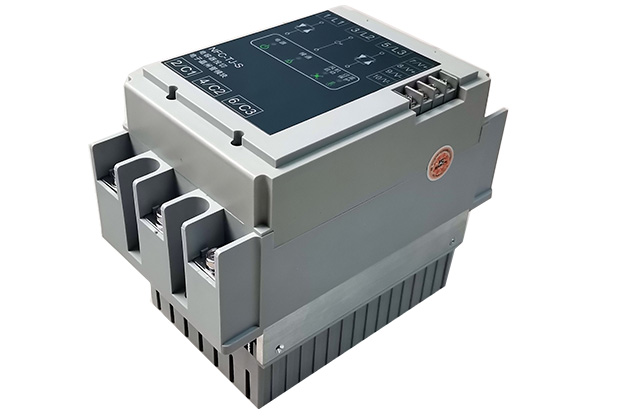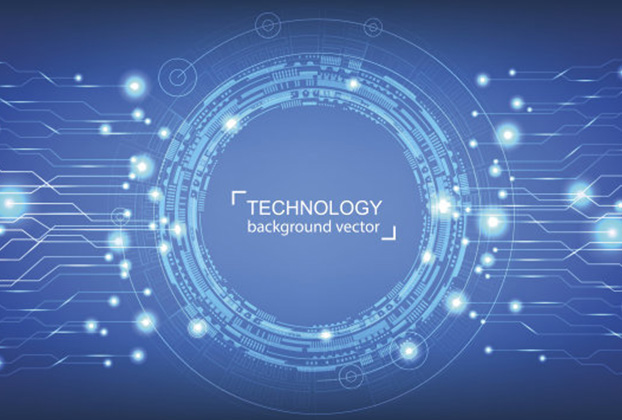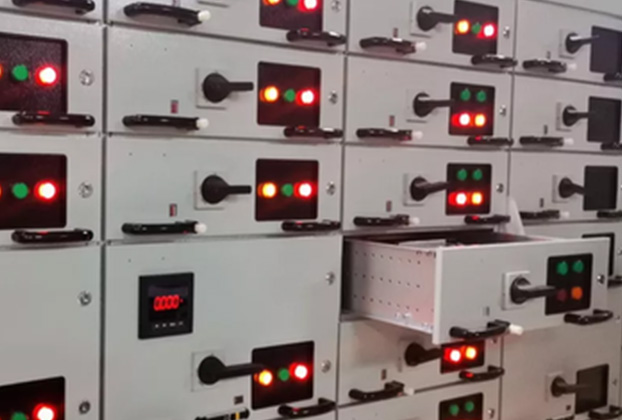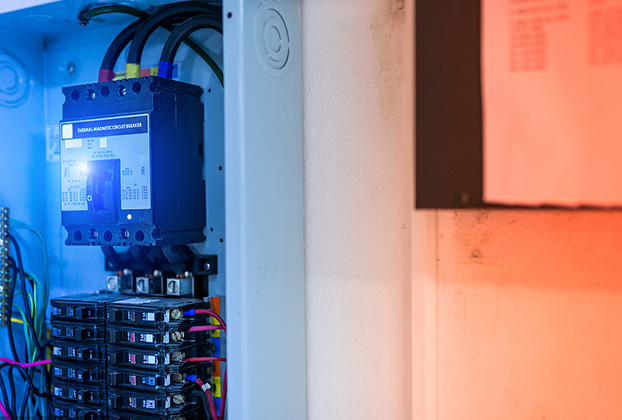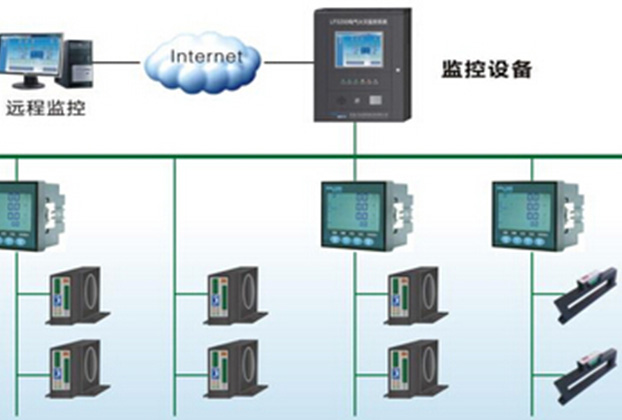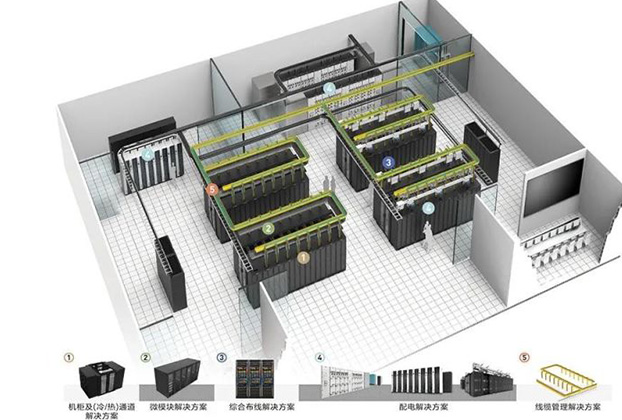The state-owned enterprise should carry on the responsibility of reform and innovation
The second China enterprise reform and development forum will be held in Beijing on the 21 day. The reform and innovation of state-owned enterprises has become the focus of attention.
China's economy has experienced rapid growth in the past 40 years of reform and opening up. Now the extensive mode of development has highlighted its drawbacks. On the one hand, with the development of investment as the main driving force, the law of diminishing capital returns has made the investment speed and scale stable, and the effect of investment on economy has gradually weakened; on the other hand, the population dividend of our country is gradually disappearing and the path of labor intensive development is unsustainable. Therefore, under the new normal economy, we must increase innovation, explore the impetus of growth, actively develop new technologies and applications, and constantly improve the efficiency of resources and energy and total factor productivity.
With the continuous improvement of the technical level in China, the technical gap between China and the developed countries is gradually narrowing, but at the same time, the shortcut to obtain technical progress through traditional traditional methods will be difficult to follow. In order to maintain the leading position of the technology, the developed countries have set up various kinds of technical barriers, even "blocking" directly. Some high - tech circulation channels. For example, the United States strictly controls technology outflow through high-tech export control, foreign capital mergers and acquisitions review, and congressional safety review. The recent "ZTE" incident has sounded the alarm for the future development of our country. It is imminent to improve our capability of independent innovation and continuously enhance our technological strength.
The importance of state-owned enterprises in China's economy is self-evident. Facing the current situation at home and abroad, state-owned enterprises must bear the responsibility of innovation. Since the reform and opening up, the strength of state-owned enterprises has been significantly enhanced, and a large number of innovative talents have been trained, and a set of competitive collaborative innovation mechanism has been formed. Large aircraft, high-speed rail, manned deep diving, manned spaceflight...... The advent of one country's heavy equipment highlights the innovative strength of overseas enterprises. The greater the capacity and the heavier the responsibility, the burden of innovation on the shoulders of state-owned enterprises is of far-reaching significance to the long-term development of China's economy.
First of all, in the future reform blueprint of our country, the reform of state-owned enterprises is an important part. This needs to fully tap the potential of state-owned capital and start with new technologies, new industries, new inventions and new efficiency. On the microcosmic point of view, technological innovation will enhance the competitiveness of state-owned enterprises and stimulate the creativity and vitality of state-owned enterprises as the main body of economic activities. From the macroscopic view, the technological innovation requires more reasonable and effective enterprise system, which will help to break the current irrational institutional mechanism and gradually form the enterprise system that meets the requirements of the economic development in the new period. Degree. All this is the goal and content of the reform of state-owned enterprises. Therefore, taking technological innovation as the breakthrough point and further promoting the institutional innovation of state-owned enterprises will be the only way for the reform of state-owned enterprises in the future.
Secondly, because of the important position in the industrial chain, the state-owned enterprises will increase the innovation strength, which will lead to the coordinated development of the whole industry, and help to further form a complete set of industrial clusters. Taking the development of China's large aircraft as an example, from the beginning of the Chinese commercial flight to Shanghai in 2008, the more developed cities in Zhenjiang, Changzhou, Yancheng and Hefei, began to launch a positive layout around large aircraft and other projects. Changzhou, Jiaxing and other places have also set up an aviation industry development plan based on the production of C919 large aircraft, and have established their own aviation industrial parks. In fact, high-speed rail, aerospace, shipbuilding, and China's urgent development of integrated circuits and other industries all have similar industrial agglomeration effect. If state-owned enterprises increase technological innovation, China is expected to form a competitive industrial cluster in these areas.
Finally, in the face of foreign technology blockade, SOEs also need to shoulder greater responsibilities in the future. Although China has gained the leading edge in many fields, there is still a clear gap between China and developed countries in many fields, including integrated circuits. Because of the late start, our country should catch up with the developed countries in these fields, and need a lot of investment and long time research and development. At present, the state-owned enterprises have such advantages to achieve this goal. For example, in the field of mobile communications, China Mobile and other state-owned enterprises have made great efforts to create our own independent 3G technology and standards, which lay the foundation for our country to catch up in the 4G era and to obtain greater technology and standards in the era of 5G. These vivid examples also prove that the state owned enterprises are bold and innovative in their responsibilities and will make more outstanding contributions to the healthy and sustainable development of China's economy.


